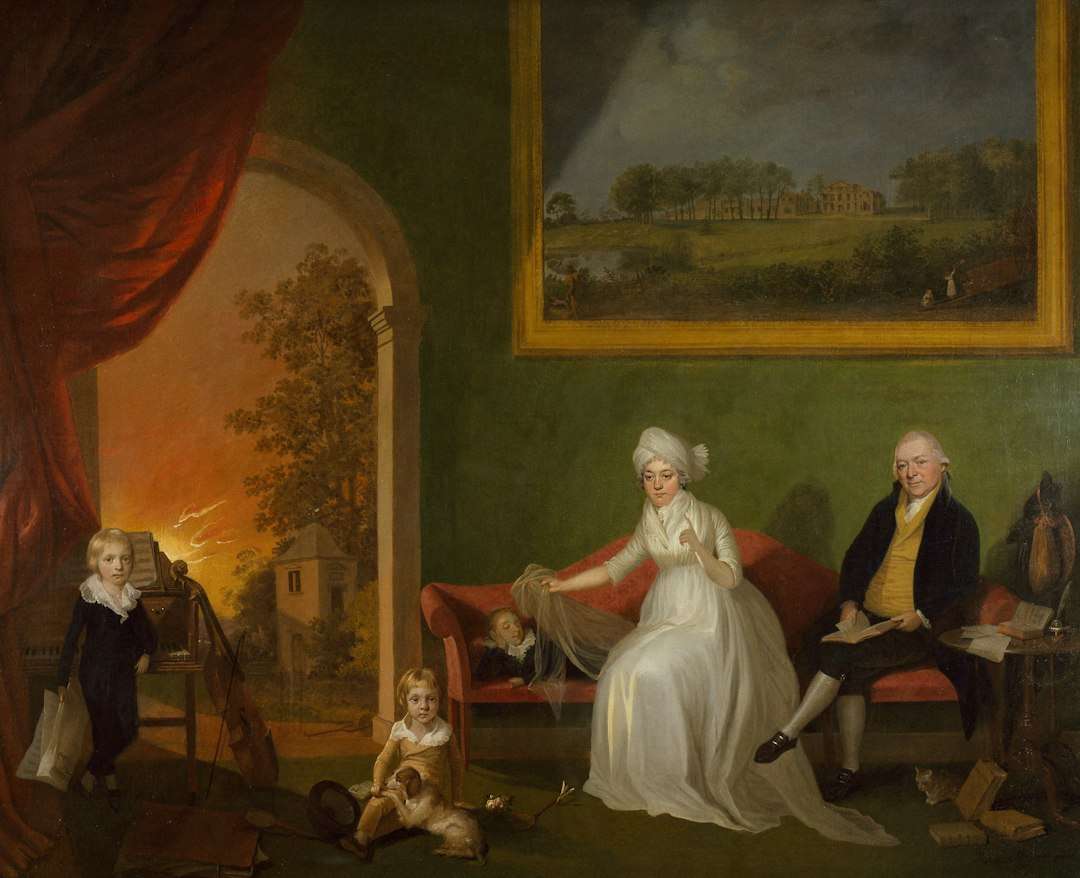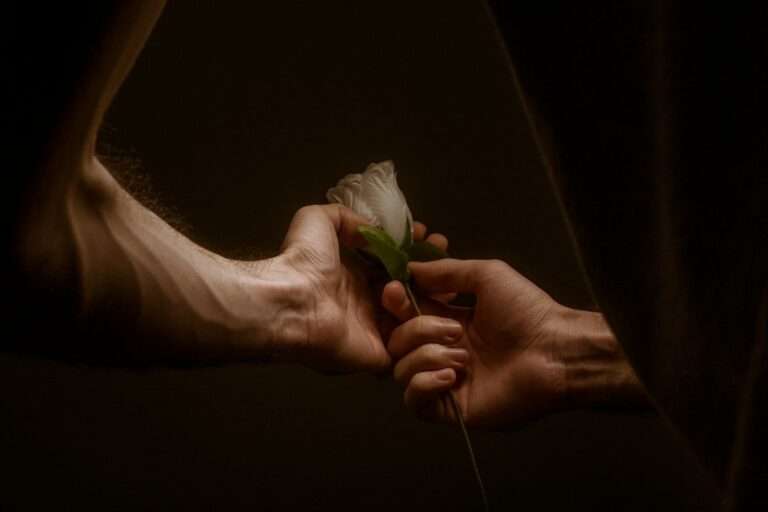The Profound Symbolism of The Child: Exploring the Deeper Meanings Behind Innocence and Purity

Childhood is a powerful symbol that has been explored and celebrated in literature, art, and culture throughout history. It represents a time of innocence, vulnerability, and potential. The universal appeal of childhood symbolism lies in its ability to evoke emotions and memories that are deeply rooted in our collective unconscious. Whether it is the image of a carefree child playing in a field or the memory of our own childhood experiences, childhood symbolism resonates with people from all walks of life.
Key Takeaways
- Childhood symbolism is significant in understanding the human experience.
- Archetypal symbols reveal the collective unconscious and universal human experiences.
- The innocent child represents purity, hope, and potential for the future.
- The child also symbolizes renewal, rebirth, vulnerability, and dependence.
- Exploring the shadow aspects of innocence reveals the dark side of childhood and humanity.
Archetypal Symbols: Understanding the Collective Unconscious
To understand the significance of childhood symbolism, we must first delve into the concept of archetypes. Archetypes are universal symbols or patterns that are present in the collective unconscious, a term coined by psychologist Carl Jung. These archetypes shape our understanding of the world and influence our perception of childhood.
In the realm of childhood symbolism, archetypes such as the innocent child, the wise old man or woman, and the nurturing mother figure play a significant role. These archetypes tap into deep-seated emotions and experiences that are shared by all human beings, regardless of culture or background.
The Innocent Child: A Powerful Symbol of Purity and Hope
One of the most prevalent symbols associated with childhood is innocence. The innocent child represents purity, goodness, and hope. This symbolism can be seen in various religious and cultural traditions, where children are often portrayed as pure and untainted by the complexities of adult life.
The power of the innocent child as a symbol lies in its ability to evoke feelings of nostalgia and longing for a simpler time. It reminds us of our own innocence and the hope we once had for the future. In literature and art, the innocent child is often used to convey themes of redemption, salvation, and the triumph of good over evil.
The Child as a Symbol of Renewal and Rebirth
| Child Symbolism | Meaning | Examples |
|---|---|---|
| Innocence | The child represents purity and a lack of corruption. | The Christ child in Christian iconography. |
| Hope | The child represents a new beginning and a brighter future. | The newborn baby in a family. |
| Rebirth | The child represents a fresh start and a chance to begin again. | The phoenix rising from the ashes. |
| Transformation | The child represents a metamorphosis or a change in form. | The caterpillar becoming a butterfly. |
| Renewal | The child represents a restoration or a revival. | The spring season after a long winter. |
Childhood is also associated with renewal and rebirth. It is a time of growth, exploration, and discovery. The symbolism of childhood as a time of renewal can be seen in the changing seasons, where spring represents new beginnings and the blossoming of life.
The transformative power of childhood experiences is evident in the way they shape our identities and influence our beliefs and values. As children, we are constantly learning and adapting to the world around us. This process of growth and transformation continues throughout our lives, but it is during childhood that we are most open to new experiences and ideas.
The Child as a Symbol of Vulnerability and Dependence
While childhood is often associated with innocence and hope, it is also a time of vulnerability and dependence. Children rely on adults for their basic needs and protection, making them inherently vulnerable. This vulnerability is a powerful symbol that reminds us of the importance of nurturing and protecting children.
Recognizing and honoring the vulnerability of childhood is crucial for creating a safe and supportive environment for children to grow and thrive. It also serves as a reminder that we have a responsibility to care for and protect the most vulnerable members of our society.
The Child as a Symbol of the Future and Potential

Childhood is a time of immense potential and possibility. It is during this stage of life that we develop our skills, talents, and interests. The symbolism of childhood as a time of potential reminds us of the importance of nurturing and supporting children’s growth and development.
By investing in the education, health, and well-being of children, we are investing in the future. The potential that lies within each child is a powerful symbol that represents the hope for a better world.
The Child as a Symbol of the Divine and Spiritual Awakening
Childhood is often associated with spirituality and the divine. In many religious traditions, children are seen as closer to God or the divine due to their innocence and purity. The symbolism of childhood as a time of spiritual awakening reminds us of the importance of honoring and nurturing the spiritual nature of children.
Children have a natural curiosity and openness to the world around them, making them more receptive to spiritual experiences. By recognizing and supporting their spiritual development, we can help children cultivate a sense of purpose and meaning in their lives.
The Dark Side of Childhood: Exploring the Shadow Aspects of Innocence
While childhood is often portrayed as a time of innocence and purity, it is important to acknowledge the dark side of childhood symbolism. Trauma, abuse, and neglect are unfortunately all too common experiences for many children. These shadow aspects of childhood can have a profound impact on a person’s life and shape their understanding of themselves and the world.
By acknowledging and addressing the dark side of childhood symbolism, we can work towards creating a society that protects and supports all children. This includes providing resources for healing and recovery for those who have experienced trauma or abuse.
The Child in Literature and Art: A Universal Symbol of Humanity
Childhood symbolism has long been a source of inspiration for writers, artists, and filmmakers. From classic novels like “To Kill a Mockingbird” to iconic paintings like “The Scream,” childhood is a universal symbol that resonates with people from all walks of life.
In literature, childhood symbolism is often used to explore themes of identity, coming-of-age, and the loss of innocence. In art, childhood is depicted in various ways, from idyllic scenes of playfulness to haunting images that capture the vulnerability and fragility of youth.
Embracing the Profound Symbolism of The Child in Our Lives
The profound symbolism of childhood serves as a reminder of our own innocence, vulnerability, and potential. It shapes our understanding of ourselves and the world around us. By recognizing and embracing the power of childhood symbolism, we can create a society that values and protects the well-being of children.
Whether it is through literature, art, or personal experiences, childhood symbolism has the ability to evoke deep emotions and memories. It reminds us of the importance of nurturing and supporting the next generation, as they hold the key to our future.
In conclusion, childhood symbolism is a powerful force that has shaped our understanding of ourselves and the world throughout history. It represents a time of innocence, vulnerability, and potential. By recognizing and embracing the profound symbolism of childhood in our lives, we can create a society that values and protects the well-being of children.
If you’re interested in exploring more symbolism, you might find the article on “Symbolism of the Star” intriguing. This article delves into the various meanings and interpretations associated with stars in different cultures and contexts. From guiding lights to celestial beings, stars have long been symbols of hope, guidance, and transcendence. To learn more about the symbolism behind stars, check out the Symbolism of the Star article on Symbolism Hub.
FAQs
What is symbolism?
Symbolism is the use of symbols to represent ideas or qualities.
What is “The Child” in symbolism?
In symbolism, “The Child” represents innocence, purity, and potential.
What are some common symbols associated with “The Child”?
Common symbols associated with “The Child” include babies, young animals, toys, and the color white.
What is the significance of “The Child” in literature and art?
In literature and art, “The Child” is often used as a symbol to represent the potential for growth and change, as well as the loss of innocence.
What are some famous works of literature and art that use “The Child” as a symbol?
Famous works of literature and art that use “The Child” as a symbol include William Blake’s “Songs of Innocence and Experience,” J.D. Salinger’s “The Catcher in the Rye,” and Pablo Picasso’s “Mother and Child.”
What is the psychological significance of “The Child” in symbolism?
In psychology, “The Child” is often used as a symbol to represent the inner child, or the part of the psyche that is innocent, creative, and spontaneous. It is also associated with the process of individuation, or the journey towards self-discovery and self-realization.





